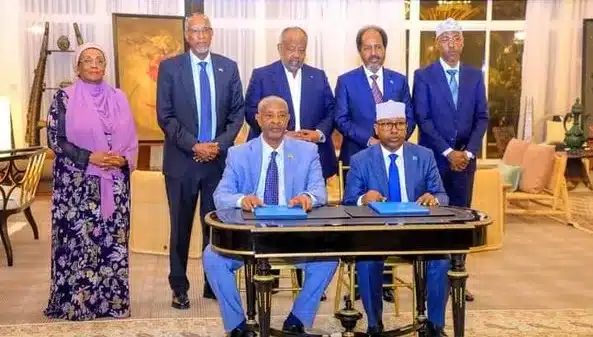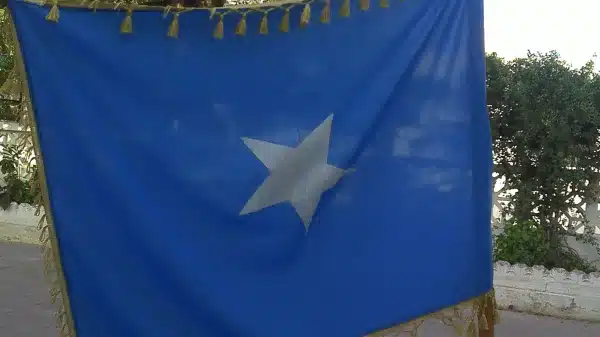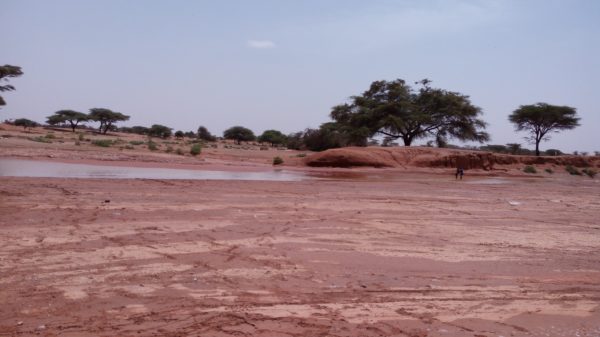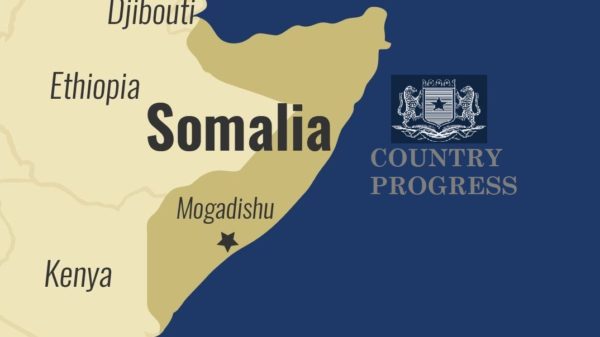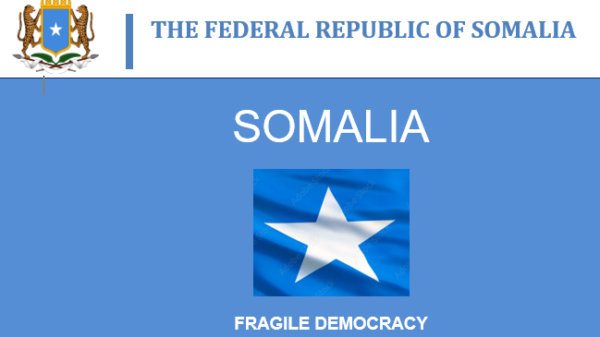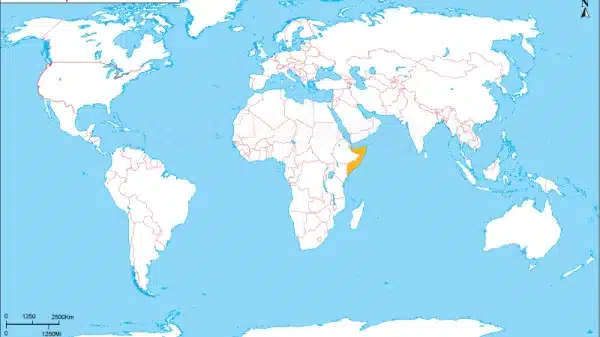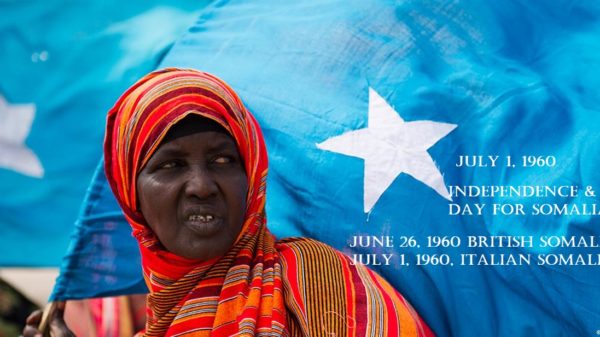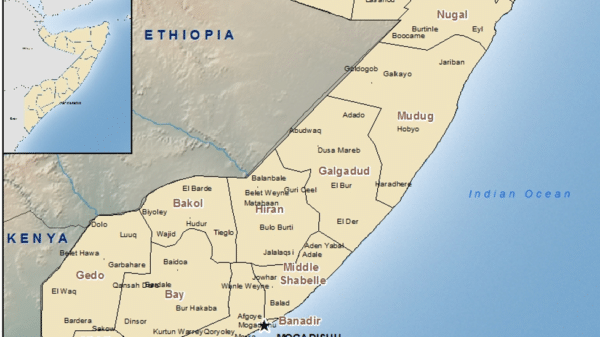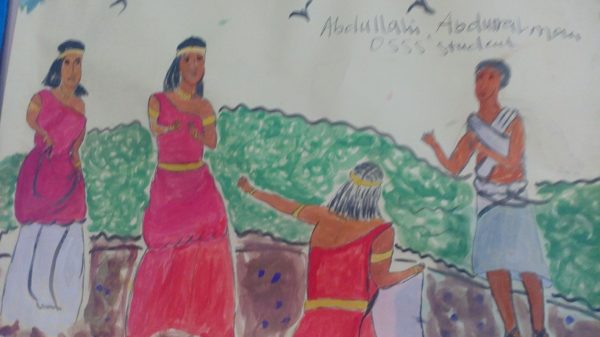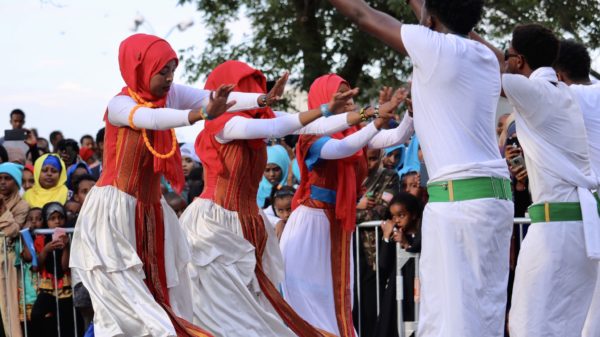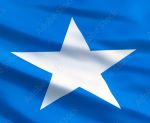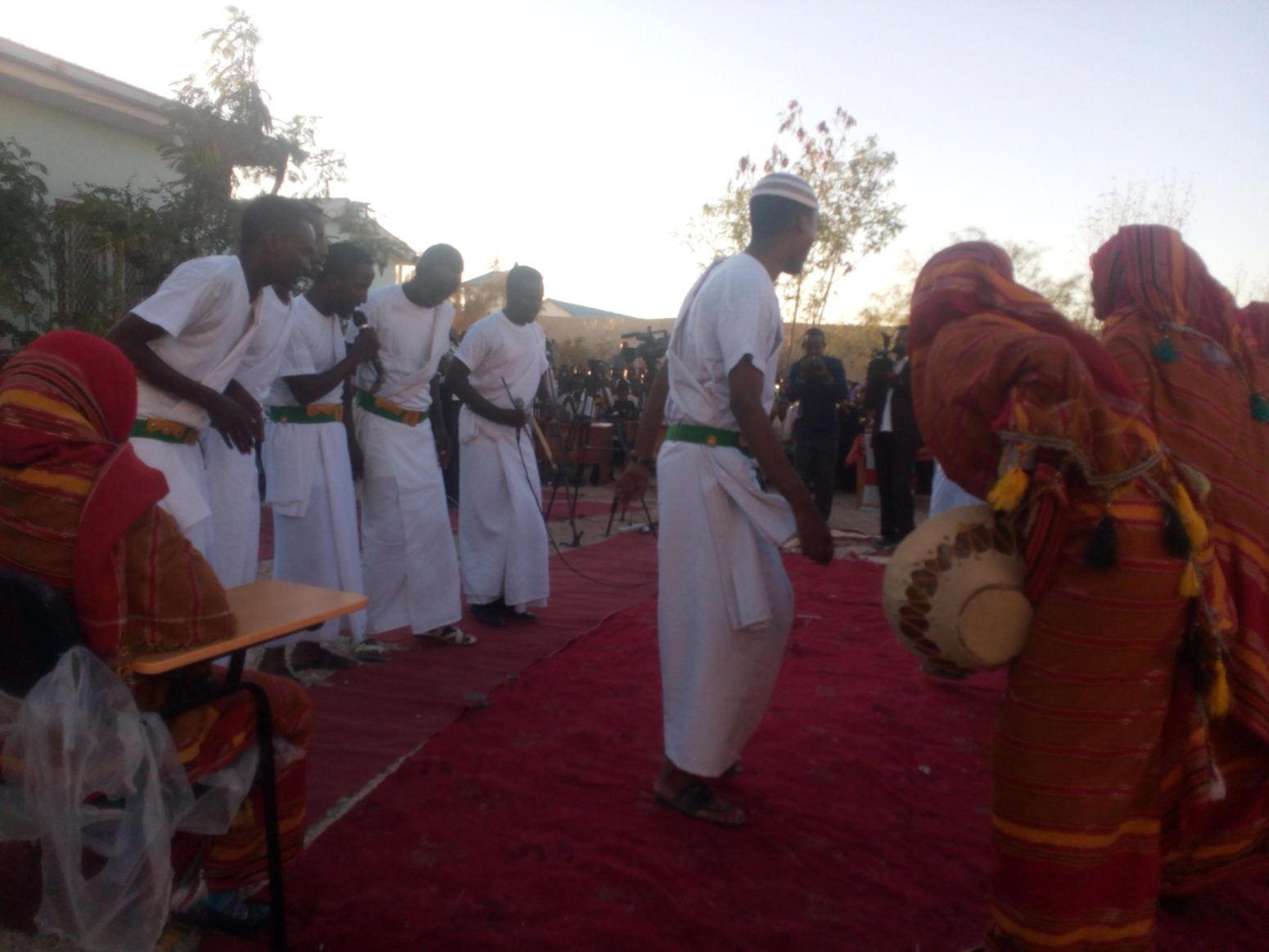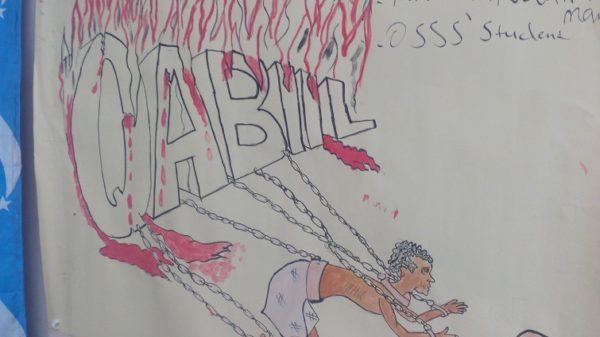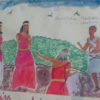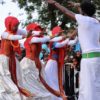The Somali Identity and Cultural Progression
An In-depth Examination of the Ethnicity, Heritage, and Cultural Development of the Somali People within the Cushitic Family.
Introduction
Within the vast Cushitic lineage, the Somalis emerge as an integral part of the East Cushitic ethnic group, originating from the terrains of Somalia, Djibouti, Kenya, and Ethiopia. With Islam tightly woven into the fabric of their society, Somalia breathes with the beliefs and practices of this dominant religion. As early as the 7th century, Somalis embraced Islam, adopting it as their primary faith through its initial introduction.
The Somali language stands as the official means of communication amongst the people, equipped with two distinct dialects called Maay and Maxaa. When addressing the Somalis, the plural form “Somalis” or singular form “Somali” is used for both nouns and adjectives, while it is important to note that the term “Somalian” is incorrectly employed.
Delving deeper into the historical roots of the Somali people, we find ourselves tracing ancient footsteps. Evidence of the Somali heritage can be observed in the Horn of Africa region, immortalized by cave paintings dating as far back as 900 to 3,000 years B.C. Navigating our way through Egyptian documents, we uncover a striking revelation: 5,021 years ago, during the fifth dynasty, the earliest recorded Pharaonic expedition ventured into Somalia. The purpose of this expedition? To acquire the precious commodities of frankincense and myrrh, nestled deep within the lands of Punt. Fascinatingly, historical records stretch back even further, showcasing the millennium that preceded the Pharaonic expedition.
Hence, the history of the Somali ethnicity extends back to primeval times, intricately intertwining with the Islamic expansion and the extensive trade expeditions that traversed the northeastern coast of Africa. A tapestry of historical evidence unveils the profound trade and cultural connections between ancient Egypt and the birthplace of Punt, which is now modern-day Somalia.
The Ethnicity and Roots of the Somali People
The Somali people, with their rich ethnic and cultural heritage, have long been an enigmatic group within the wider African community. This part delves into the exploration of the Somali identity and cultural progression, focusing on their ethnicity, roots, and cultural development within the Cushitic family. With new evidence emerging from archeology, anthropology, linguistics, and DNA evolution, we can now paint a more accurate picture of the Somali people’s origins and challenge long-held beliefs about their cultural heritage.
Africa’s culturally homogeneous communities include the Somalis, where 85 percent of the population is made up of ethnic Somalis. Despite being one of the least studied ethnic groups globally and lacking independent academic support, there is a significant bias in the written historical evidence. However, recent findings in archaeology, anthropology, linguistics, and DNA evolution place the Somalis within the broader Eastern Cushite family, historically referred to as Hamites, a now-discredited classification. The ancient Egyptians recognized them as Kush, alongside other tribes such as Somali, Rendille, Borana, and Oromo. Linguistic evidence confirms that the Somalis belong to the Omo-Tana subgroup of the Cushite, whose languages are almost mutually intelligible. They are commonly called Sam or proto-Sam, having separated from the main stream of Cushite peoples in the first half of the first millennium B.C.
Modern historical evidence challenges the conventional explanations and beliefs regarding the origins and evolution of the Somali people. In light of DNA genetic information, scholars now dispute the historical correlation between early conversion to Islam and Arab origins, as this belief was solely based on the distinctive physical appearance of the majority of Somalis.
Consequently, the long-standing belief that the majority of Somalis originated from the Arabian Peninsula and followed a north-to-south migration route is now being challenged. Instead, evidence suggests that Somalis belong to the Cushite family and their ancestral homeland was the highlands of southern Abyssinia, which is present-day Ethiopia. Around the first half of the first millennium B.C., they separated from the group and expanded to the Somali Peninsula, encompassing present-day Somalia, Djibouti, eastern Ethiopia, and northern Kenya. The Somali population is predominantly Sunni Muslim, with more than 99 percent adhering to this faith. They share a common language known as Somali and have an ongoing rivalry with the Semitic groups in the region, based on both identity and religion.
In the historical context of modern times, the people inhabiting the Somali Peninsula are known as Samaale, or Somaal family. The term “Somali” originated from the name of the main Somali families’ patriarch, representing the identity of the majority group. This characterization specifically applies to the 85 percent ethnic community forming the majority, while the remaining 15 percent of the inhabitants consist of various minority ethnic groups with distinct origins. Among these, there are Bantu, Arabs, Persians, and Asians, who share the common history, culture, and language of the majority ethnic family.
The Somali Bantus constitute the largest family within the minority group. They comprise both native families residing along the Shabelle river and migrants originating from different parts of Africa. The Somali Bantus are the descendants of multiple Bantu ethnic groups primarily hailing from the Niger-Congo region of Africa (Gure, 2018). These groups were brought to Somalia in the 19th century as a result of Arab slave traders and colonial administrations, including the British and Italians, who utilized them as soldiers, domestic workers, and plantation laborers in the Jubba and Shebelle River Valleys. Over time, the Bantu communities evolved into a significant tribe within the larger Somali clan membership. In Somalia, the lineage and clan structure formed the foundation of social and political life (Besteman, 2016).
Somalia’s common era history is characterized by migratory phenomena, as evidenced by the influx of Arab and Persian settlers and the establishment of robust trade and cultural ties with Asia, particularly the Far East. According to the Historical Dictionary of Somalia, a group of Omanis migrated to the East African coast, primarily Somalia, in the year 695 A.D. Additionally, it notes that the first Shia immigrants arrived in Somalia in 739 A.D. During this period, Mogadishu emerged as a global trading hub, attracting numerous immigrant groups, predominantly from Oman, Persia, and India. Somalia’s coastal trading posts along the Gulf of Aden and the Indian Ocean further solidified its close trade relations with the Arab Peninsula, Persia, India, Pakistan, and China in the Far East Asia, with historical roots dating back to the 12th century B.C.
Given the historical cultural and trade connections between Somalia and Asia, migrant communities became a permanent and integral part of Somali society. As Somali social and political life is organized around lineage and clan structures, the Somali Bantus, Asian immigrants, the occupational class, and other small minority European settlers claimed their membership within the Beesha 5aad (the Fifth Clan). The other four major clans, namely Daarood, Dir, Hawiye, and Digil and Mirifle (in history referred to as Rahanweyn), these four major clans trace their origins back to Samaale.
Conclusion
The exploration of the Somali identity and cultural progression reveals a complex and diverse heritage. The Somali people, with their ethnic homogeneity and rich cultural traditions, have their roots in the wider Cushitic family, rather than the previously believed Arab origins. This new understanding challenges long-held assumptions and highlights the importance of incorporating DNA analysis and other scientific methods in the study of cultural histories. As Somalia continues to navigate its path towards stability and development, a thorough understanding of its unique identity and cultural progression is crucial for fostering unity and embracing diversity.
The examination of Somali identity and cultural progression provides an exciting glimpse into the intricate tapestry of East African history. With ancient roots stretching back to the highlands of southern Abyssinia, the Somali people have defied conventional wisdom and longstanding European scholars’ classification. Thanks to a reevaluation of historical narratives and advancements in genetic research, we now recognize the fascinating heritage and progression of Somali culture within the wider Cushitic family. As we continue to unravel the mysteries of their past, we gain a deeper appreciation for the enduring resilience and cultural richness of the Somali people. In this subsequent segment of the Inquiry into the Somali Identity and the Advancement of Culture, the focus will now shift towards the Cultural Process, titled – The Somali Identity and its Cultural Foundations, emphasis on Cultural Process and Unveiling the Legacy of Somali Heritage.
Feedback
Dear reader, please note that your feedback is very important to us, so please give us a comment and follow our social media pages below.
Thank you
Get social
Author
-
Strategic Communication Specialist and Consultant, graduated from The Ohio State University with Strategic Communication major and Journalism. Follows the social and political changes of the wider East Africa region, with keen interest of the Somali news and issues, with over 12 years media and communication experience in the region.
https://www.ogaalstar.com adangurey@gmail.com Adan Ahmed





